Off-road camping is an exciting way to break free from the usual crowded campsites and immerse yourself in nature’s untouched beauty. But let’s face it, finding that perfect spot off the grid can be a bit tricky. Whether you’re a weekend warrior or a seasoned adventurer, knowing how to scout a great off-road campsite can make all the difference between an unforgettable experience and one you’d rather forget. So, let’s dive into the nitty-gritty of finding that hidden gem where you can set up camp, relax, and enjoy the wild.
Researching Potential Locations
Before you hit the trail, a bit of research can save you tons of hassle. Start by looking into areas known for off-road camping. National forests, BLM (Bureau of Land Management) lands, and state parks often have areas specifically designated for dispersed camping, which is just a fancy term for camping outside of designated campsites.
Key Tools for Research:
- Google Earth: Use this tool to scout out potential sites from above. You can look for clearings, proximity to water sources, and even gauge the terrain.
- Camping Forums and Websites: Sites like Overland Bound and AllTrails offer user-generated content on the best off-road camping spots.
- Topographic Maps: These can help you understand the terrain and elevation, crucial for ensuring you’re not pitching your tent in a flood zone.
When researching, consider the type of environment you want to camp in—whether it’s a dense forest, desert, or near a mountain stream. Each environment offers unique experiences and challenges.
For your convenience, here are 15 must-visit overland camping spots in the United States.
Understanding Terrain and Accessibility
Once you’ve got a few potential spots in mind, it’s time to assess the terrain and accessibility. Off-road camping often involves navigating rough, unpaved roads, and the condition of these paths can vary widely. Your vehicle’s capabilities will significantly influence where you can safely and comfortably go. This section will help you understand what to look for when assessing the terrain and how to ensure your adventure remains safe and enjoyable.
Road Conditions
The roads leading to your campsite are often the first challenge you’ll face. Are they rocky, sandy, or muddy? Each of these conditions presents its own set of challenges. Rocky roads can be tough on tires and suspension, sandy paths might cause your vehicle to get stuck if it's not equipped to handle soft ground, and muddy trails can quickly become impassable, especially after a rain.
Always ensure your vehicle can manage the specific terrain you’ll be encountering. For example, four-wheel-drive vehicles are ideal for navigating these kinds of roads, but even then, it’s important to be cautious. Keep an eye on the weather, as sudden changes can turn a previously passable road into a dangerous obstacle.
Terrain Type
When you arrive at your destination, the next thing to consider is the terrain type. Finding flat ground is essential, particularly if you’re setting up a tent. Sloped areas might seem like a good idea at first glance, but they can lead to uncomfortable sleeping conditions—nobody wants to wake up crammed against the side of their tent! Additionally, flat ground makes it easier to stabilize your vehicle and set up your gear. If the area has a slight slope, ensure your sleeping area is oriented in a way that minimizes rolling around during the night.
Elevation
Elevation plays a significant role in your camping experience. Higher elevations typically mean cooler temperatures, which can be a refreshing escape during the hot summer months. However, they can also bring challenges. At higher altitudes, temperatures can drop significantly at night, sometimes to levels that might be uncomfortable or even dangerous without the proper gear.
Always check the elevation of your potential campsite and prepare accordingly with warm clothing and sleeping gear, even if you’re camping during the warmer seasons.
Camping Near Water
While camping near a water source is convenient and scenic, it requires extra caution. Always set up your campsite at least 200 feet away from the water. This distance helps minimize your environmental impact by protecting the natural vegetation and reducing the risk of contaminating the water. Additionally, staying further from the water’s edge helps you avoid potential flooding, especially during periods of heavy rain or snowmelt. Flooding can occur quickly and unexpectedly, and setting up too close to water can put you and your equipment at risk.
Checking for Regulations and Permits
Before you set your heart on a location, double-check the rules and regulations. Some areas require permits for dispersed camping, and there might be restrictions on campfires, especially during dry seasons.
How to Stay Legal:
- BLM and National Forest Websites: These resources usually provide detailed information on camping regulations, including where you can and can’t go.
- Local Ranger Stations: A quick call or visit can give you up-to-date information on permits, fire bans, and other important rules.
Ignoring regulations not only risks fines but can also harm the environment or put you in unsafe situations, so it’s worth taking the time to check.
Ensuring Safety
Safety is paramount when off-road camping, especially since help can be far away. Proper preparation and caution can go a long way in helping you avoid common pitfalls and ensuring a safe adventure. Here are some key safety tips to keep in mind.
Weather Forecasts
Always check the weather before heading out. Sudden storms can quickly make roads impassable or cause flash flooding in some areas, especially in low-lying regions. Keeping an eye on the weather forecast will help you plan accordingly and avoid getting caught in dangerous conditions. It’s also wise to have a weather radio or a mobile app that provides real-time updates, especially in remote areas where signals might be weak.
First Aid Kit
A well-stocked first aid kit is a must for any off-road camping trip, and it’s equally important to know how to use it. Whether it's treating minor cuts and scrapes or managing more serious injuries, being prepared can make a significant difference. Consider taking a basic first aid course if you haven't already, so you're confident in your ability to handle emergencies. Don’t forget to include items like insect repellent, sunburn relief, and any necessary personal medications.
Navigation Tools
While GPS devices are incredibly helpful, it’s never a good idea to rely on them solely. Batteries die, signals can be lost, and technology can fail when you least expect it. Always bring a physical map and a reliable compass as backups. Knowing how to navigate the old-school way can be a lifesaver if your tech decides to take a break. It’s also smart to familiarize yourself with the area beforehand, so you have a general sense of direction and landmarks.
Lighting
Proper lighting is essential for your safety during off-road camping, especially as night falls and visibility decreases. A reliable light source can help you navigate your campsite, perform essential tasks, and deter wildlife. The ouTask Telescoping Lantern is an excellent choice for campers. This versatile lantern provides powerful, adjustable lighting that can illuminate your entire campsite.
Its telescoping feature allows you to easily adjust the height and focus of the light, ensuring you have the right amount of brightness where you need it most. Additionally, its compact design and long battery life make it a practical addition to your camping gear.
Reliable lighting, like that from the ouTask Telescoping Lantern, enhances safety and comfort, allowing you to move around confidently in low-light conditions.
Respecting Nature
Off-road camping is about enjoying the wilderness, so it’s crucial to leave no trace. This means packing out all trash, minimizing your campfire impact, and respecting wildlife.
Leave No Trace Principles:
- Camp on Durable Surfaces: Stick to existing trails and campsites where possible to prevent soil erosion and protect vegetation.
- Dispose of Waste Properly: This includes packing out all your trash and human waste if necessary.
- Minimize Campfire Impact: Use a portable stove for cooking instead of a campfire, especially in areas where wood is scarce or fire risks are high.
By respecting nature, you ensure that the beautiful places you enjoy today will remain pristine for future adventurers.
Finding the Perfect Spot
Finally, when you arrive at your potential campsite, take the time to walk around and assess the area. The best sites are often a bit hidden, offering both seclusion and a great view.
Final Checks:
- Privacy: Look for a spot that offers some privacy from trails and other campsites.
- Wind Protection: Check for natural windbreaks like trees or rocks, especially in open areas.
- Scenic Views: If possible, choose a site with a beautiful view—it’s the cherry on top of a great camping experience.
Once you’ve found your spot, take a moment to soak it all in. After all, this is what off-road camping is all about—finding your own slice of wilderness paradise.
Wrapping It Up
Finding a great off-road campsite is a blend of research, preparation, and a bit of adventurous spirit. By following these tips, you’ll be well on your way to discovering that perfect spot where you can kick back, relax, and enjoy the untouched beauty of nature. Remember to respect the environment, stay safe, and most importantly, have fun out there!

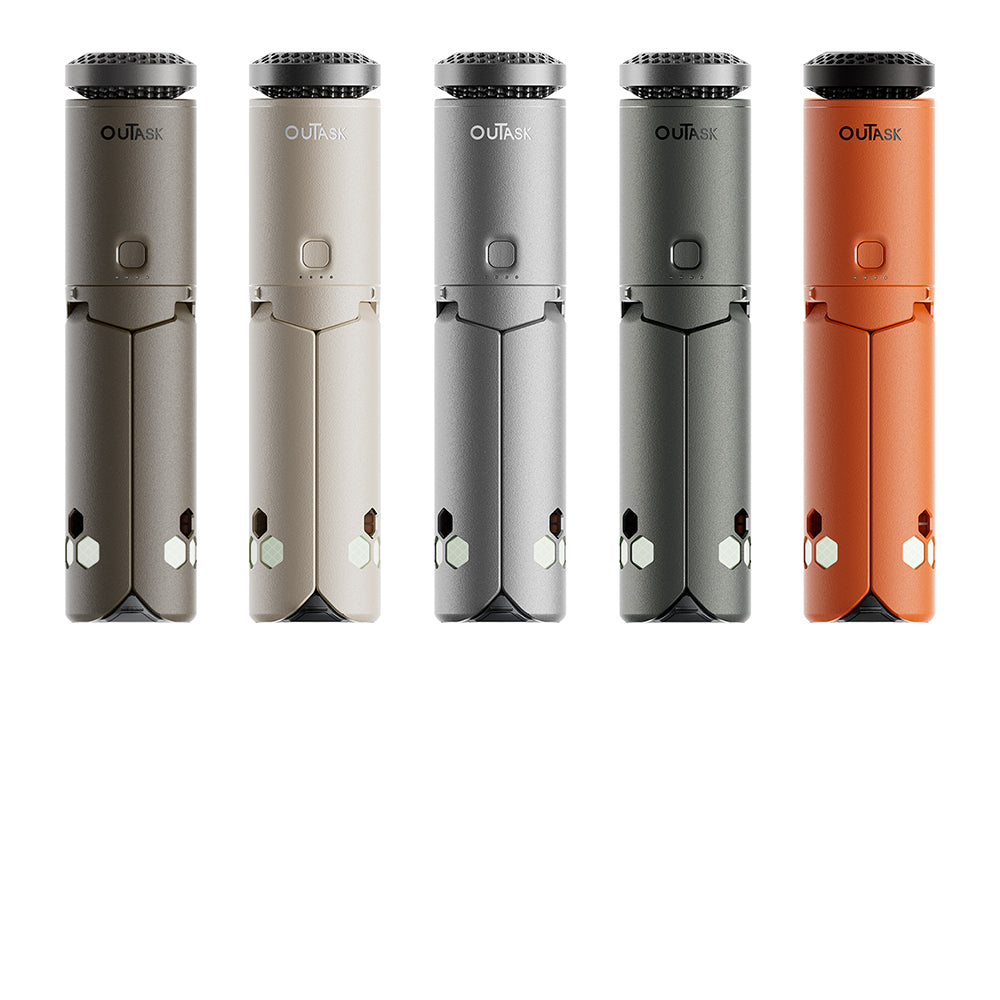
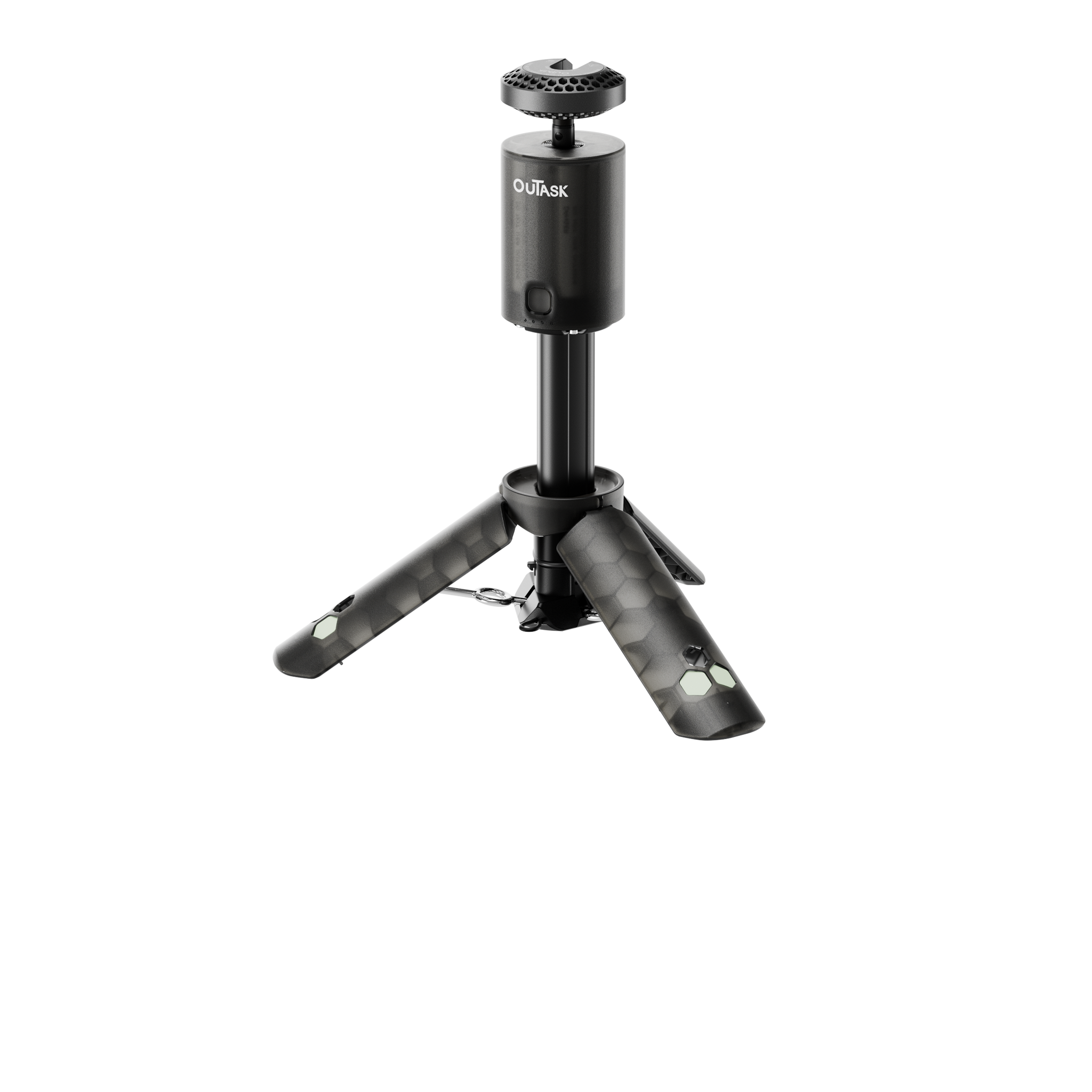
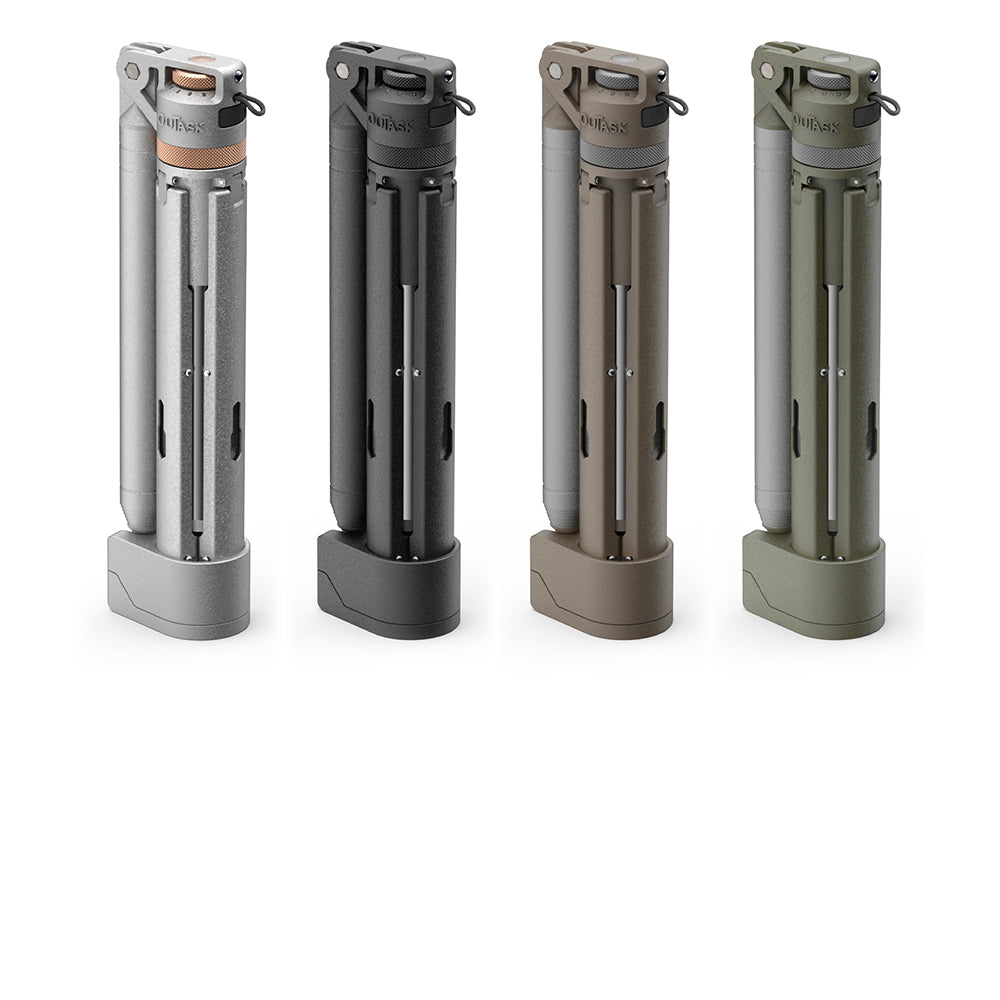
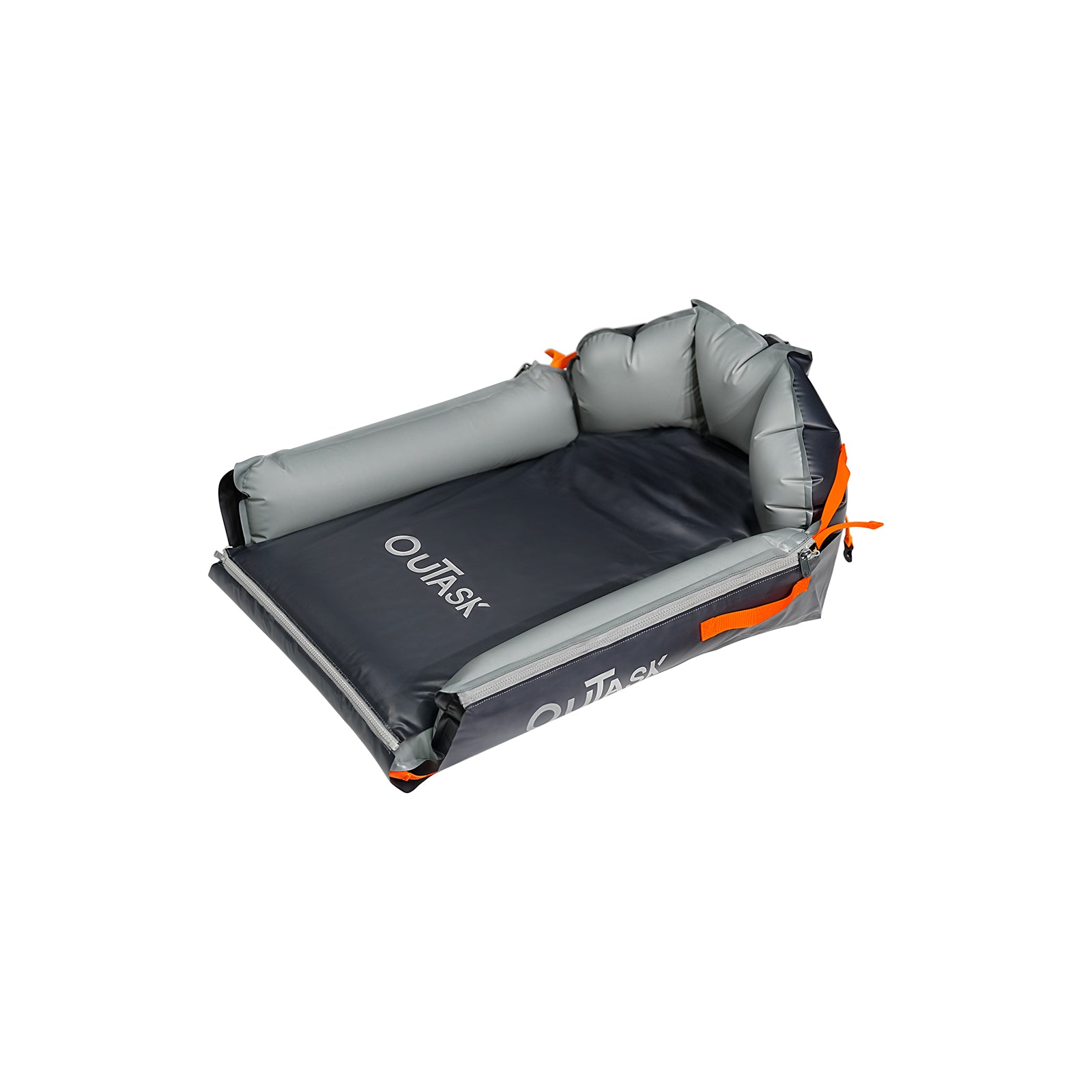
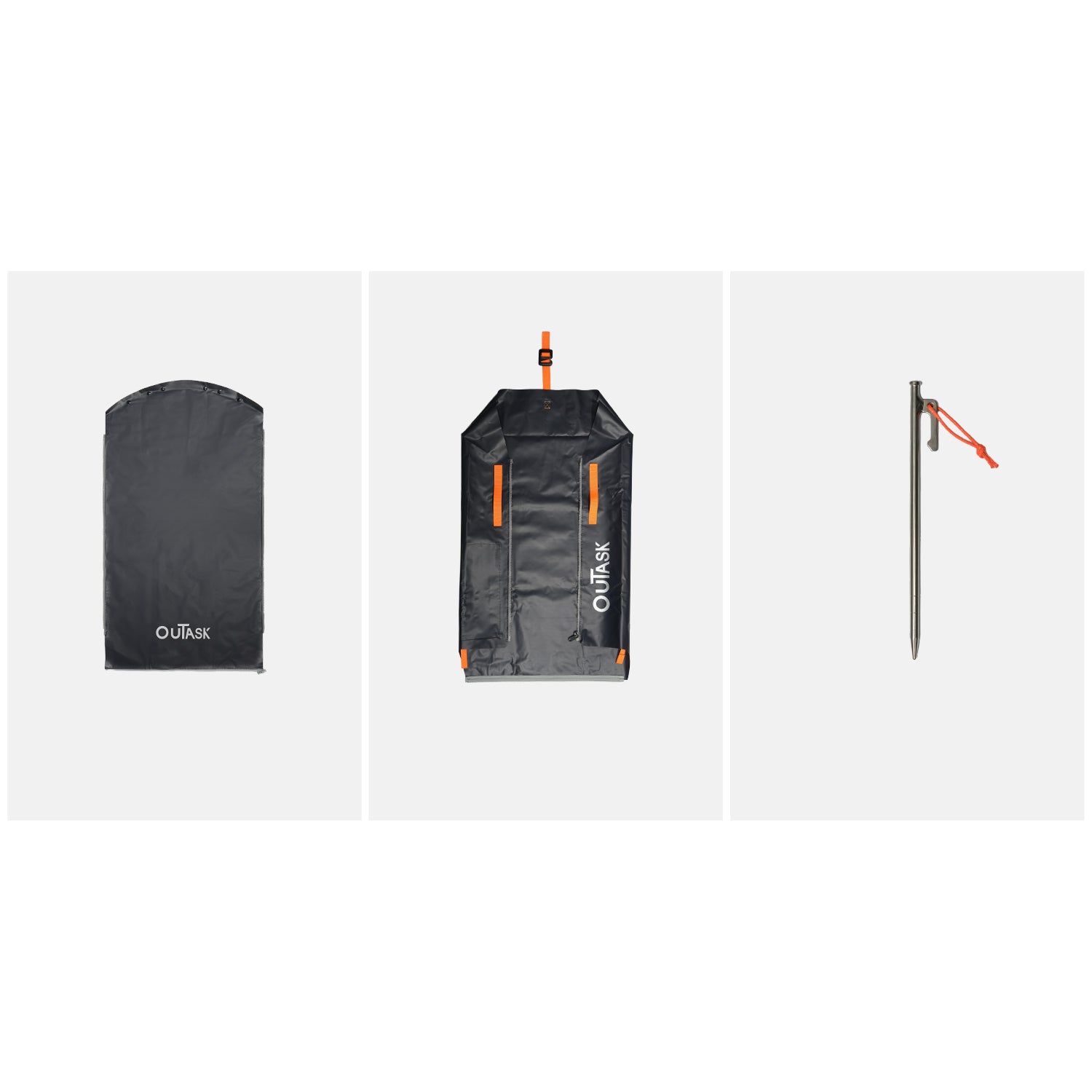
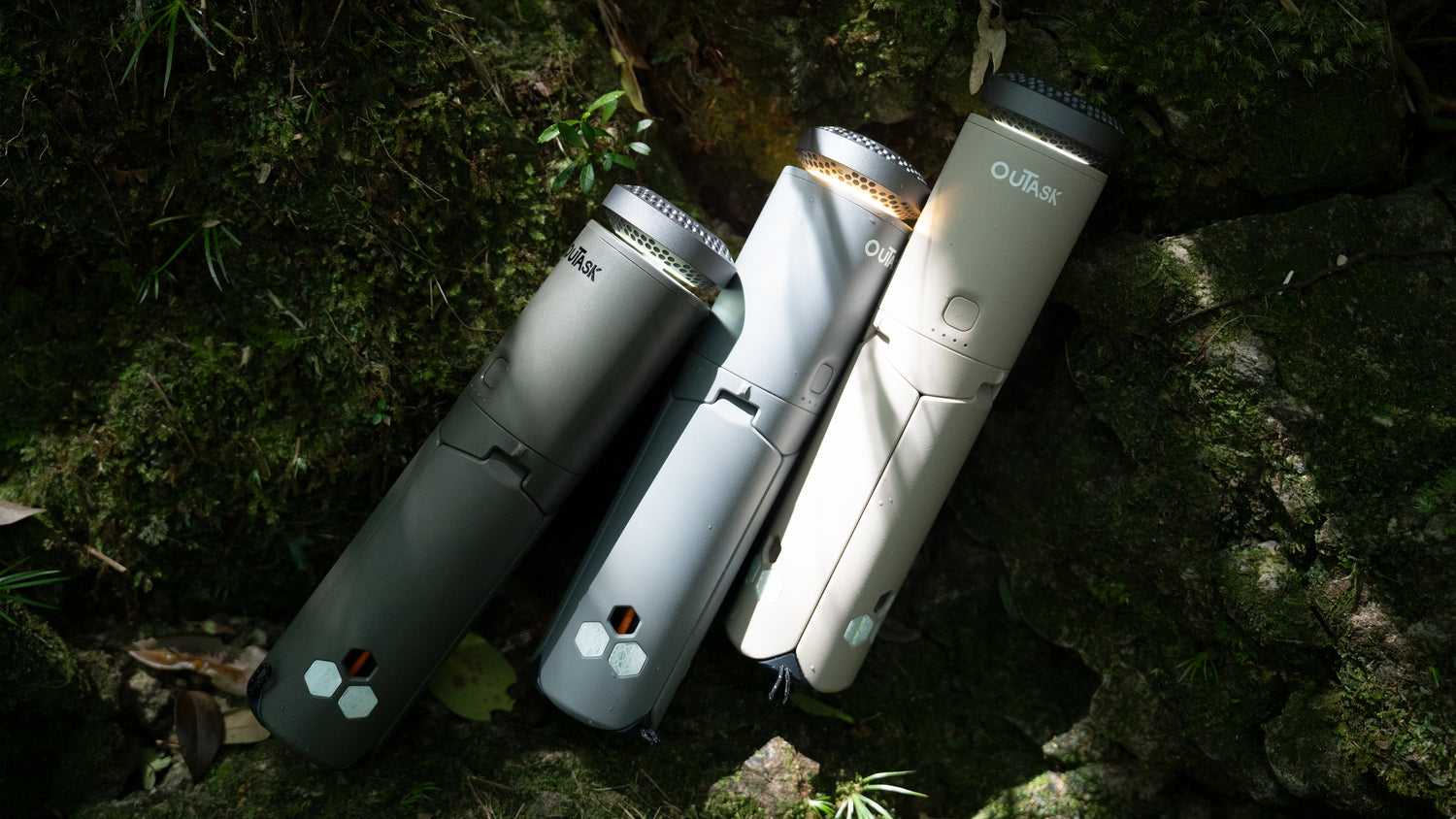
Leave a comment
This site is protected by hCaptcha and the hCaptcha Privacy Policy and Terms of Service apply.